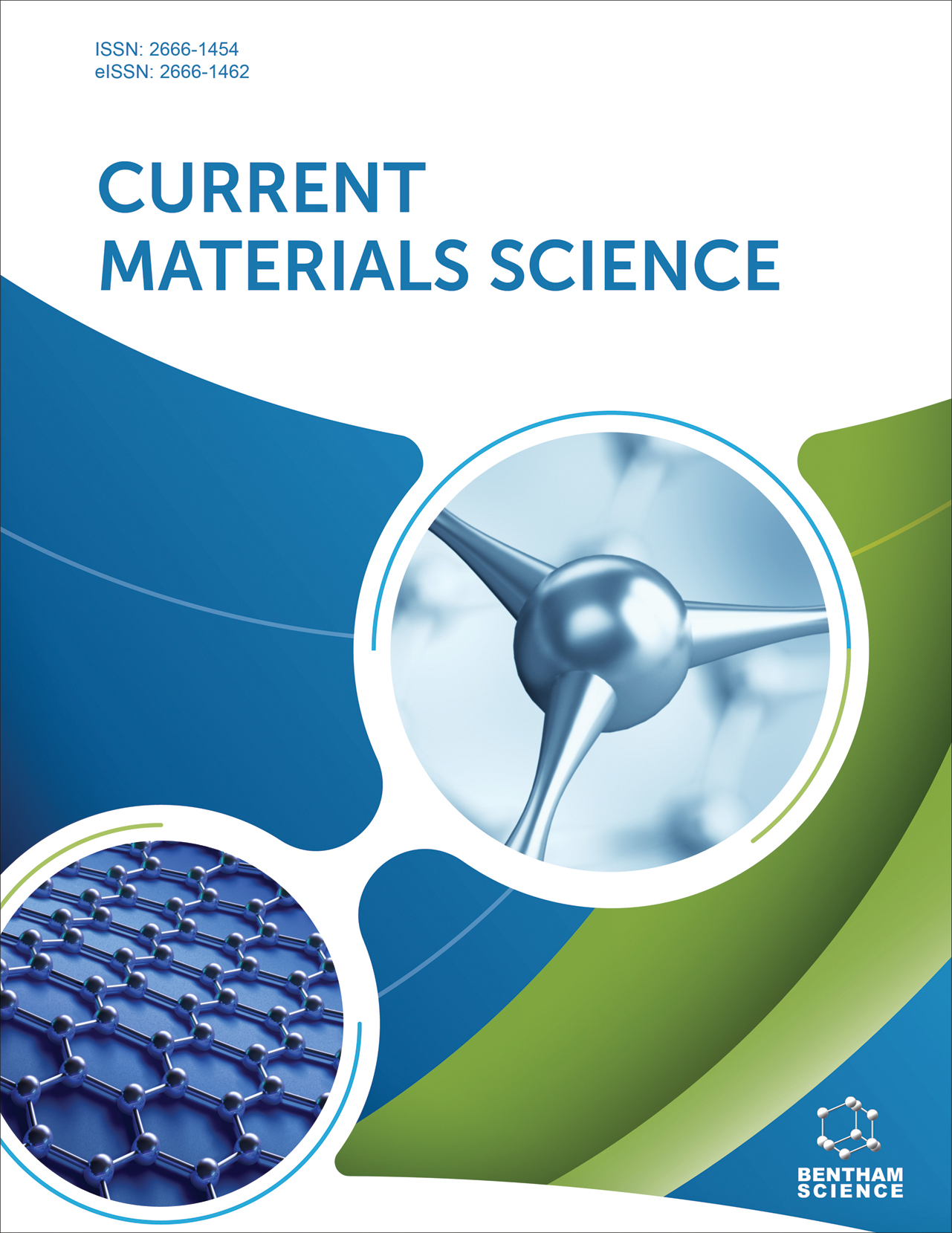
Full text loading...
We use cookies to track usage and preferences.I Understand
Criminal actions using falsified papers are on the rise. Any changes to the document's content are usually made with ballpoint and gel pens. All changes made to a document using a pen necessitate ink analysis. Thus, a quick and accurate ink analysis process must be created to cope with the challenges associated with counterfeiting.
This study aims to analyze several brands of ballpoint and gel pen inks using physicochemical and computational techniques and provide a database of the results.
A total of 24 pen samples from various brands were colour-tested first, followed by an optical test using ImageJ software. The composition of each ink sample was distinguished using the non-destructive method ATR-FTIR, followed by a destructive technique TLC. Lastly, a computational technique algorithm was applied for rapid and desirable results.
The results distinguished each brand based on RGB measures and mean values. The differentiation of each sample using ATR-FTIR spectroscopy was challenging due to similar structural characteristics. However, TLC (destructive) was used with several solvent systems. Ballpoint pen inks separated well in all solvent systems, with the greatest results achieved in solvent systems 2 and solvent system 4. The TLC spots were identical, but when evaluated digitally using MATLAB, substantial changes were visible, which were utilized to differentiate similar colour inks from various brands.
The chemical approaches, in conjunction with the computational techniques, offered a rapid and sophisticated method that allowed for better distinction of the inks and provided more accuracy in substantially less time than typical methods employed in forensic laboratories.

Article metrics loading...

Full text loading...
References


Data & Media loading...

